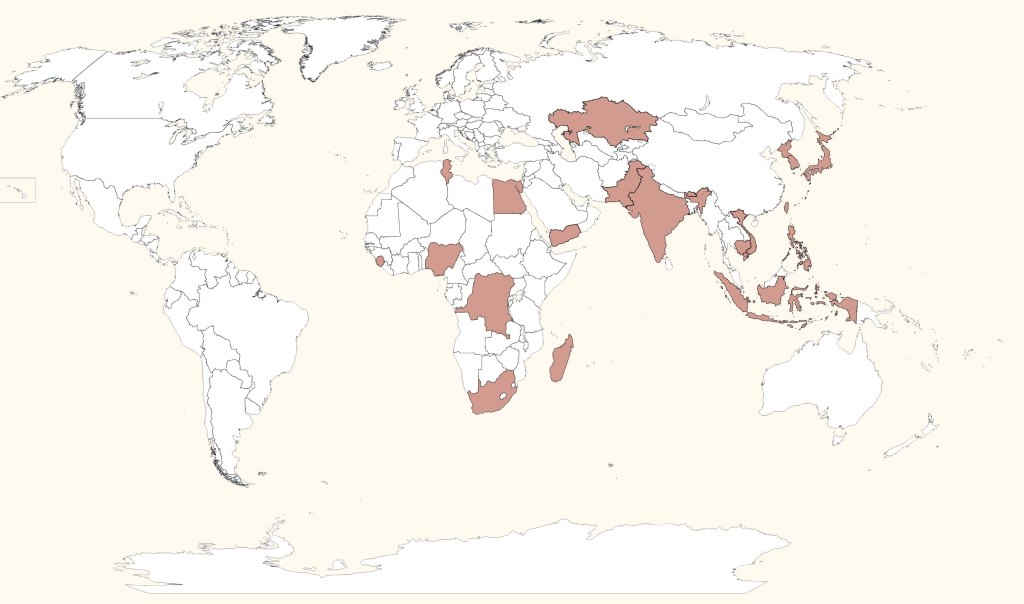Love in the Time of Cholera was written by one of the most celebrated Colombian authors and a Nobel prize winner, Gabriel García Márquez. It was originally published in Spanish in 1985 and later translated into English language by Edith Grossman. Márquez is known for his realism and magical realism style in writing. He tends to leave the imagination to the readers while adding magical elements in between fantasy and reality.
Love in the Time of Cholera is the story of Florentino Ariza and Fermina Daza during the Colombian civil wars. They fell in love when they were young and separated by Fermina’s father, Lorenzo. He took Fermina away ‘to get her to her right senses’. Lorenzo assumed that being away for a year, Fermina would forget about him. Little did he know, they constantly wrote to each other and got engaged.
Fermina returned and realized that her relationship with Florentino was merely an illusion. That her affection was just on the surface. He was a complete stranger to her despite their series of letters. When she saw him again, she broke off her engagement and left Florentino brokenhearted. Fermina married Dr. Juvenal Urbino, a young medical doctor devoted to putting an end to cholera. He has a stellar reputation in society and is highly regarded by his colleagues. He met Fermina when he treated her disease with the suspicion of cholera.
When Florentino found out that Fermina and Dr. Urbino got married, and he swore an undying love and devotion to her. He vowed that he would remain a virgin for Fermina, not until the day he was grabbed by a lady in the ship and make advances towards him. This was the start of Florentino’s debauchery, which made him the sought-after bachelor, especially by the widowers. Despite his sexual escapades, he promised to wait for Fermina’s love until Dr. Urbino dies, no matter how long it takes.
The novel was set during the breakout of the cholera epidemic in Colombia, together with the country’s civil wars. However, the novel narrates the life of Colombians in the 19th century in vast differences in social classes. Marquez managed to take the reader to everyday’s actions and thoughts of the characters. It’s the people going about their daily lives and interacting with one another. It’s like you’re witnessing it first hand. Another thing that amazes me was the international sophisticated life during that time.
The thing that baffled me was the very fine line between love and obsession. Remember this verse?
Love is patient. Love is kind. It does not envy, it does not boast, and it is not proud. It is not rude. It is not self-seeking. It is not easily angered, and it keeps no record of wrongs. Love does not delight in evil but rejoices with the truth.
1 Corinthians 13:4-8
Sure, this may describe the love of Florentino for Fermina, but it’s over the top. Basically, they spent their lives separately throughout the whole story, with only a few words to say to each other, and yet Florentino can’t forget Fermina even though she got married already. He was obsessed! Marquez portrayed their love story as eternal but despairing love. It’s almost borderline of unrealistic love affairs.
One of the notable topics in this novel was the debaucheries of Florentino (remember his undying love for Fermina? 😆). He’s keeping count on his promiscuous adventure until the day he will face Fermina and professed his love for the second time. Some of the details would qualify as sexual assault, but the novel treated those details as if it’s normal. And life should go on after that “incident”. The exaggeration of sex in this book is dreadful.
Honestly, it was a very good book and beautifully written. But I’m having mixed emotions on the plot. I would still recommend this book, especially to those hopeless romantics out there.


